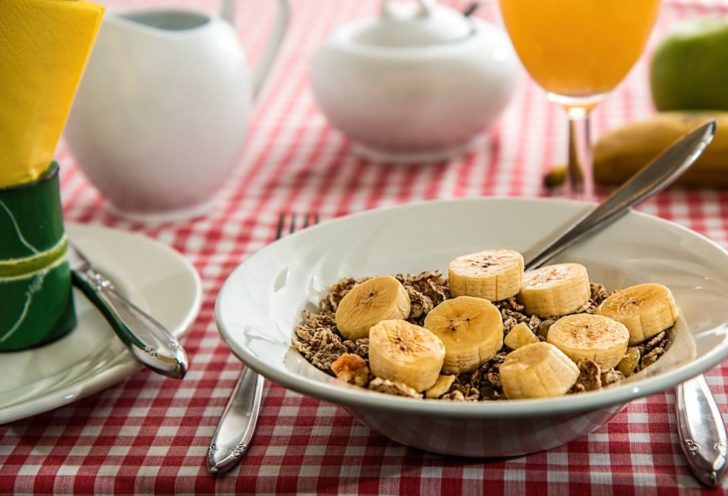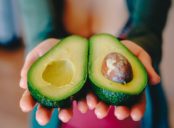Raw Food Diet: A Comprehensive Guide to Health and Nutrition

Introduction
Raw food diet, also known as raw foodism, is a dietary practice that involves consuming uncooked and unprocessed foods. Advocates of this lifestyle believe that heating foods above a certain temperature destroys natural enzymes and nutrients, thus reducing their nutritional value. In this article, we will delve into the various aspects of the raw food diet, including its definition, types, popular variations, quantitative measurements, differences between different raw food diets, and historical perspectives on its advantages and disadvantages.
A Comprehensive Presentation of Raw Food Diet

The raw food diet primarily consists of consuming whole, unprocessed, and organic foods in their natural state. This includes fruits, vegetables, nuts, seeds, sprouts, and raw grains. The philosophy behind this diet is that raw foods retain their natural enzymes, vitamins, and minerals, thereby promoting better health and overall well-being.
Types of Raw Food Diet
There are several types of raw food diets, each with its own variations and nuances. The most common types include:
1. Raw Vegan Diet: This diet excludes all animal products, including meat, dairy, eggs, and honey. It emphasizes the consumption of fruits, vegetables, nuts, seeds, and plant-based fats.
2. Raw Vegetarian Diet: This diet allows for the inclusion of certain raw animal products such as raw milk, raw cheese, raw eggs, and raw honey. However, meat and fish are still avoided.
3. Raw Omnivore Diet: This diet incorporates both raw plant-based foods and raw animal products. It allows for the consumption of raw meat, raw fish, raw dairy, and raw eggs in addition to raw fruits and vegetables.
Quantitative Measurements of Raw Food Diet
Although there is no set rule for the quantity of raw food intake, individuals following the raw food diet typically aim to consume at least 75% to 100% of their food in its raw state. Some proponents advocate for a 100% raw food diet, while others believe in a balanced approach, combining raw and cooked foods.
Discussion on the Differences between Raw Food Diets
Raw food diets can vary significantly depending on individual preferences, goals, and health conditions. Some individuals may choose to eat a high-fruit raw food diet, while others may focus on consuming primarily raw vegetables and nuts. Differences may also arise in the level of food processing allowed, with some opting for completely unprocessed foods and others permitting minimal processing techniques like juicing or soaking.
Historical Perspectives on the Advantages and Disadvantages of Raw Food Diets
Raw food diets have been practiced throughout history by various cultures and civilizations. Ancient civilizations such as the Essenes, Egyptians, and Greeks believed in the healing properties of raw foods. The modern raw food movement gained momentum in the early 20th century with the advent of naturopathy and the exploration of the benefits of enzyme-rich diets.
Advantages of Raw Food Diet:
– Increased nutrient intake
– Enhanced digestion and absorption of nutrients
– Weight loss and improved body composition
– Increased energy levels
– Reduced risk of chronic diseases
Disadvantages of Raw Food Diet:
– Risk of nutrient deficiencies, particularly in vitamin B12, iron, and calcium
– Potential foodborne illness from consuming raw animal products or contaminated raw plant-based foods
– Difficulty in meeting calorie and protein requirements
– Limited food options and potential social challenges
– Need for proper food hygiene and food safety practices
[INSERT VIDEO HERE]
Conclusion
Raw food diet has gained popularity in recent years due to its potential health benefits and the belief in preserving the nutritional integrity of foods. However, it is important to approach this diet with knowledge, understanding, and the guidance of a healthcare professional or nutritionist. While there are potential advantages to incorporating raw foods into one’s diet, it is essential to ensure a balanced and varied intake of nutrients for optimal health and wellbeing.





















